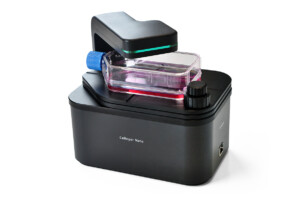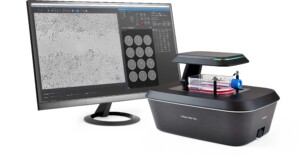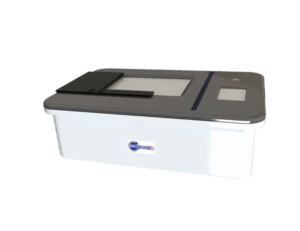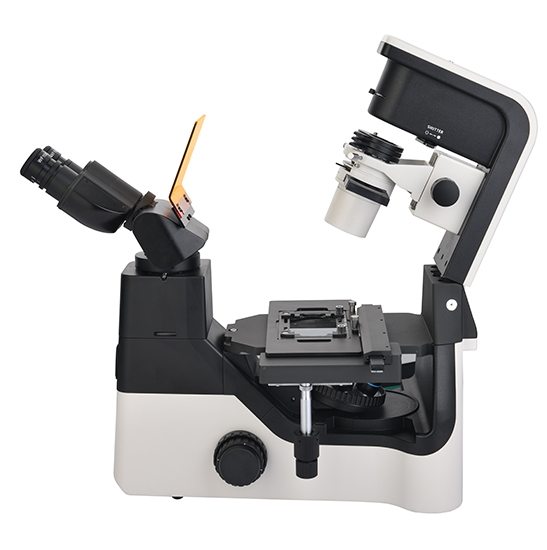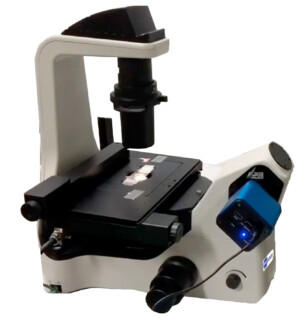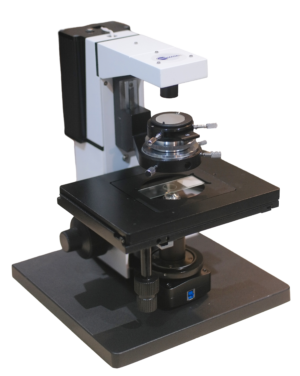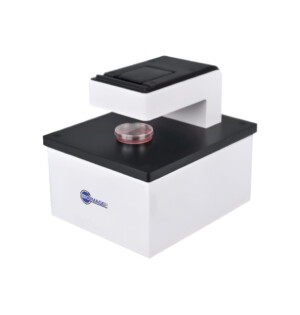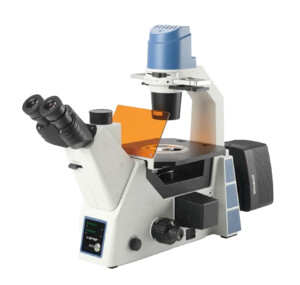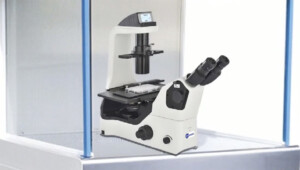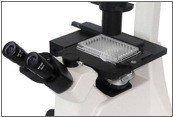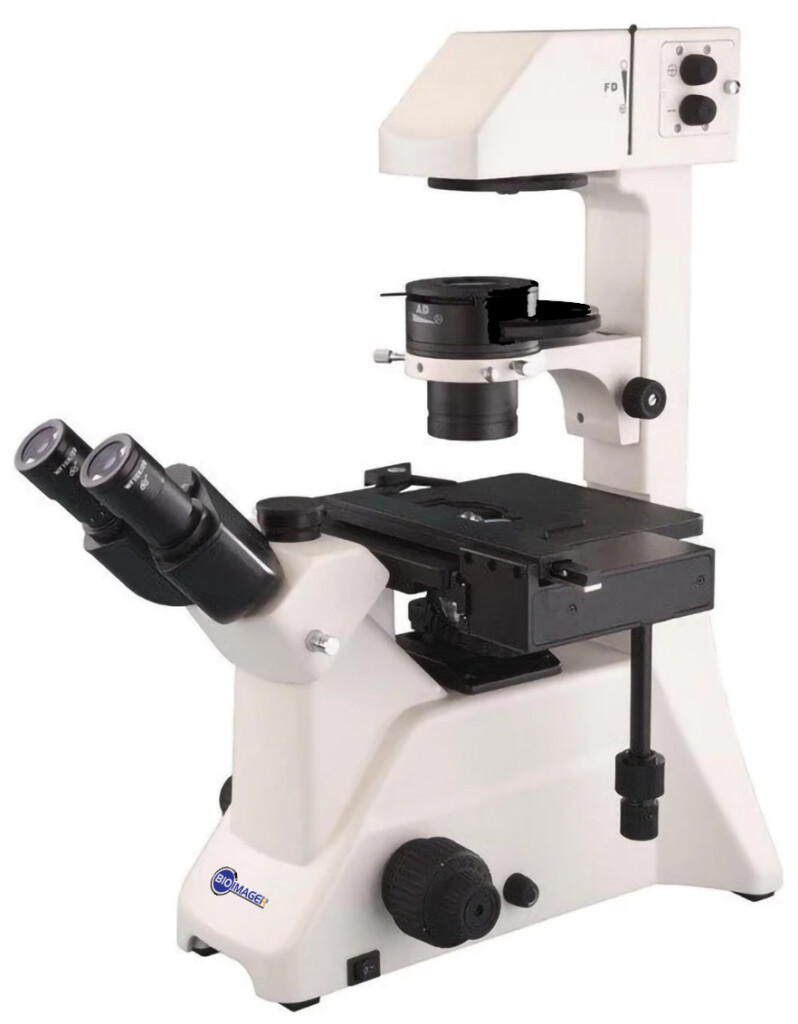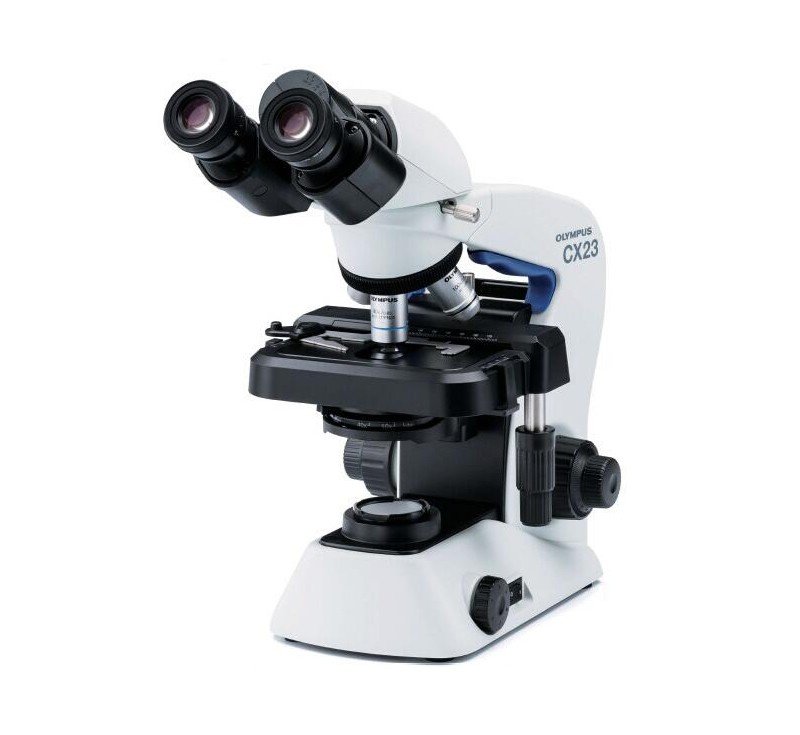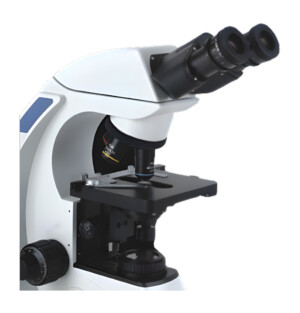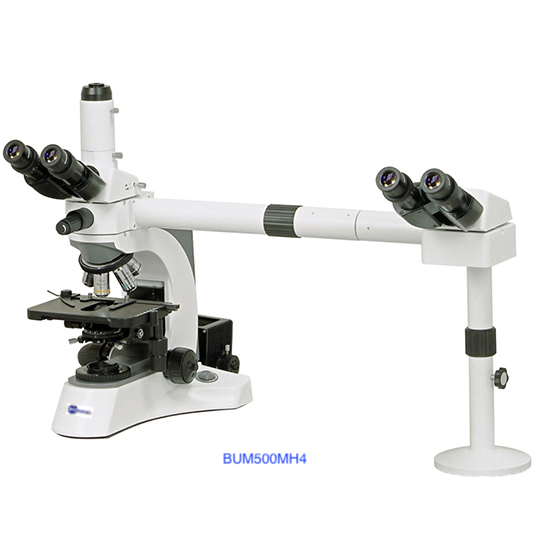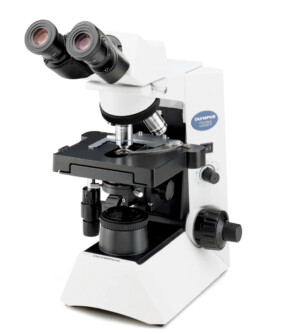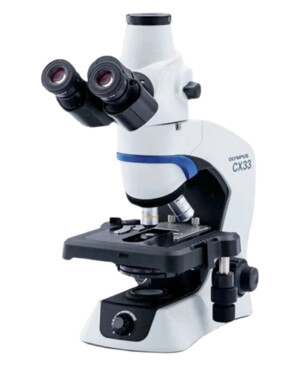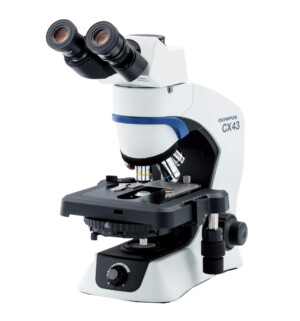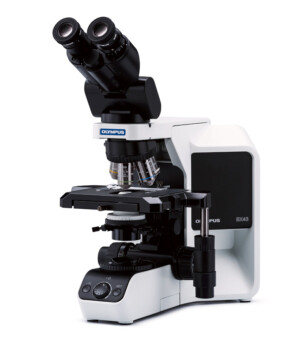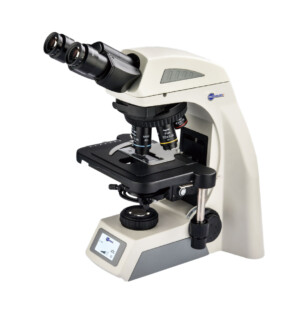Inverted Biological
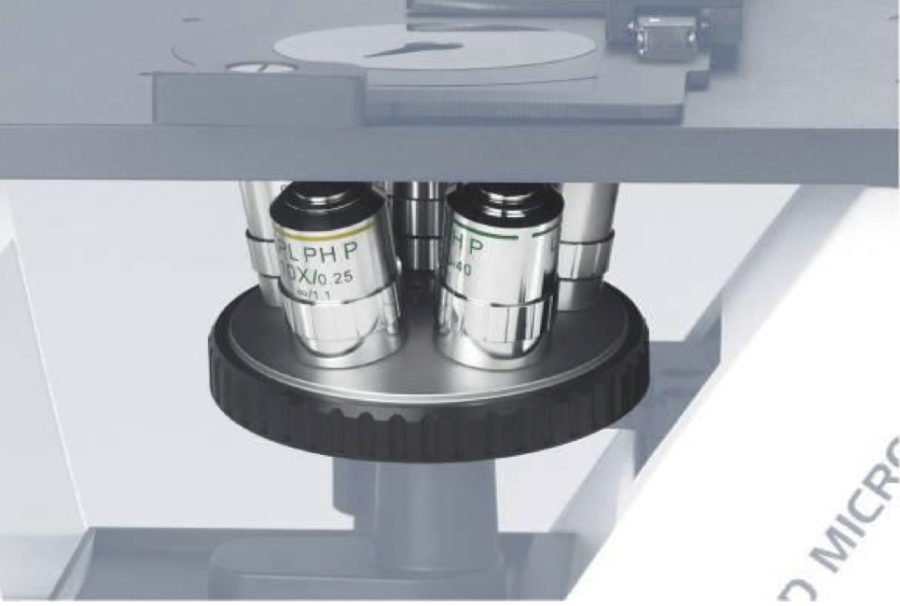
Showing 1–9 of 23 resultsSorted by latest
- NEW
- NEW
- NEW
Showing 1–9 of 23 resultsSorted by latest
Inverted Biological Microscopes
1. Why inverted microscope and not upright microscope?
Inverted microscopes and upright microscopes are two different types of optical microscopes that are designed for different types of microscopy applications.
Inverted microscopes are designed to observe specimens from underneath the sample stage, with the light source from top and objective lenses positioned below the sample. Inverted microscopes are commonly used for studying living cells and tissues that are cultured in a dish, as they allow the user to observe the cells in their natural environment. The inverted design also makes it easier to manipulate the sample with tools and pipettes.
Upright microscopes, on the other hand, are designed to observe specimens from above the sample stage, with the light source at the bottom and objective lenses positioned above the sample. Upright microscopes are commonly used for observing solid samples, such as tissue sections, minerals, and crystals, as they allow for the easy positioning and manipulation of thicker samples.
Both inverted and upright microscopes have their advantages and disadvantages, depending on the application. Inverted microscopes are ideal for live cell imaging and cell culture applications, but they may not be suitable for all types of samples. Upright microscopes are ideal for thicker, solid samples, but may not be as suitable for delicate, live or liquid samples. Ultimately, the choice of microscope will depend on the specific needs of the user and the type of samples that need to be studied.
If you are dealing with cell culture, handling liquids in your device, or flipping over the sample is not possible, then an inverted biological microscope is the right solution for you. One likes to make a video of living cells to know how they grow, divide or die and its growth/death rate, you need an inverted biological microscope, a digital camera, and software for the time-lapse imaging mode.
2. What to consider in selecting an inverted microscope?
When selecting an inverted microscope, there are several key factors to consider. Here are some important considerations to keep in mind:
- Magnification and resolution: Consider the magnification range and resolution needed for your applications. Inverted microscopes typically have a range of objectives with different magnifications, and some also have options for oil immersion lenses for higher magnifications. Higher resolution objectives can provide clearer, more detailed images of your samples.
- Normally the inverted microscopes come with 10x, 20x and 40x obj lenses, some models include 4x. A 4x obj lens allows seeing an entire field of a well in a 96-well plate. Using over 50x magnification is less common in inverted microscopy application. Although several You can get obj lenses from 1.25x till 150x and even more. When you use 60x or 100x objective lens with an inverted microscope, make sure the obj lens does not hit the stage when you rotating the nosepiece.
- Working distance (WD) of an objective lens is defined as a distance from the edge of the lens until the specimen. If you use a 100x/NA 1.25/WD: 0.12mm to see tissue culture cells inside a well of a 96-well plate, you will see nothing! Why? Because the thickness of well plate plastic is around 0.5mm which is longer than lens WD=0.12mm.
- Illumination: Look for a microscope with bright, even illumination. LED illumination is becoming increasingly common, as it offers a long lifespan, low heat generation, and low power consumption. Adjustable brightness settings are also important to prevent overexposure of your samples.
- Imaging capabilities:
- Determine if you need imaging capabilities, such as a built-in camera or the ability to add a camera attachment. Cameras can provide digital images or videos of your samples, which can be useful for documentation and analysis.
- Using brightfield, phase-contrast, fluorescence / epi-fluorescence, and darkfield imaging are common imaging modes. Some researchers like to use Hoffman module contrast over phase-contrast, and also like using DIC Nomarski.
- generally speaking 10x, 20x and 40x obj lenses with Phase Contrast are available. Depending on the model you can expect a 4x Ph as well and might be a 100x Phase contrast (which is normally custom).There are are few models of phase contrast objective lenses which are designed for fluorescence application as well.
- Sample holder: Consider the type and size of the sample holder required for your applications. Inverted microscopes typically have a stage for holding samples, and some may offer motorized or manual stage adjustments to aid in focusing on specific areas of interest.
- Software and compatibility: If you plan to use the microscope with software for image analysis, make sure the microscope is compatible with the software you intend to use. Some microscopes may come with their own software for image capture and analysis.
- Budget: Determine your budget and prioritize the features most important to your applications. Inverted microscopes can range in price from a few thousand dollars to tens of thousands of dollars, depending on the features and capabilities offered.
By considering these factors, you can choose an inverted microscope that meets the specific needs of your research or applications.
3. Illumination: Halogen or LED?
When it comes to choosing between halogen and LED illumination for a microscope, there are several factors to consider.
Halogen bulbs are traditional light sources used in many microscopes. They produce a warm, yellowish light that is relatively bright and can be adjusted in intensity. Halogen bulbs are relatively inexpensive and easy to replace.
LEDs, on the other hand, are becoming increasingly popular as an illumination source for microscopes. LED lights produce a brighter, whiter light than halogen bulbs, and they also have a longer lifespan. Additionally, LED illumination generates less heat than halogen illumination, which can be important for certain applications.
In terms of energy efficiency, LED illumination is more efficient than halogen illumination, as it uses less power to produce the same amount of light. This can result in cost savings over time.
When it comes to choosing between halogen and LED illumination for your microscope, it ultimately depends on your specific needs and preferences. While halogen bulbs may be more traditional and less expensive, LED illumination offers several advantages in terms of brightness, lifespan, and energy efficiency.
4. Upgrade: to do or not to do?
Think of long future use of the microscope. Can you upgrade it to have more features? Having fluorescence imaging capability, switching to LED, more spots for extra obj lenses, might be having polarized, darkfield, and probably DIC Nomarski and so are examples of the questions we ask our clients before suggesting a model.
Deciding whether or not to upgrade a biological inverted microscope ultimately depends on your specific needs and circumstances.
If your current microscope is outdated or lacks the features necessary for your research or applications, upgrading may be a good option. Upgrading your microscope can provide benefits such as higher resolution, better imaging capabilities, and improved ergonomics. Additionally, upgrading can extend the lifespan of your microscope and prevent the need for costly replacement in the future.
However, upgrading a microscope can also be expensive, especially if you need to replace multiple components. Additionally, some upgrades may require significant changes to the microscope, which can impact its performance or require additional training for users. It’s also important to consider the compatibility of new components with your existing microscope, as not all upgrades may be compatible.
Before deciding to upgrade your biological inverted microscope, consider your specific needs and budget. Evaluate the current performance of your microscope and determine if upgrading will provide the necessary benefits to justify the cost. Additionally, consult with a microscopy expert to determine which upgrades are compatible with your existing microscope and will provide the best results for your research or applications.
5.Options
Bioimager’s Inverted Biological Microscopes are offered in two main groups:
1. Portable Microscopes: Compact Design, fits inside hood and incubator, such as IncuScope, BMI200, UniVis-100, UNIVIS-500.
2. Lab Microscopes such as BIM500
we have recently developed a polarization kit for inverted biological microscope such as BIM500P which can be customized for other models.

